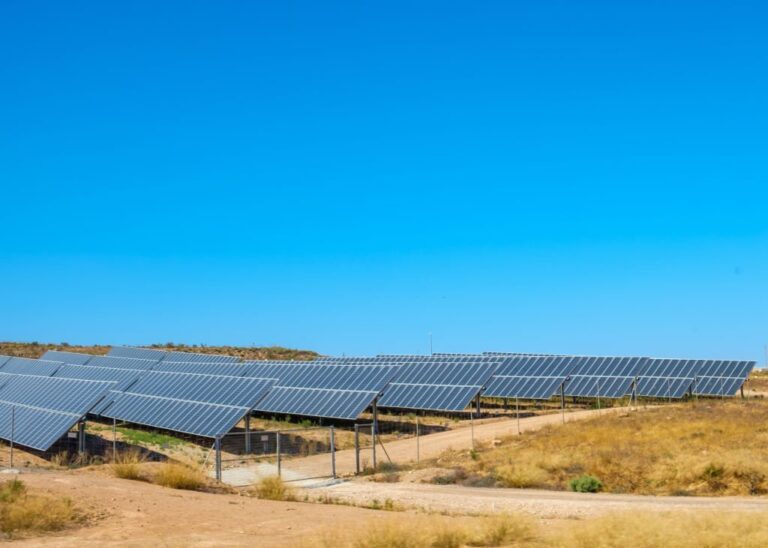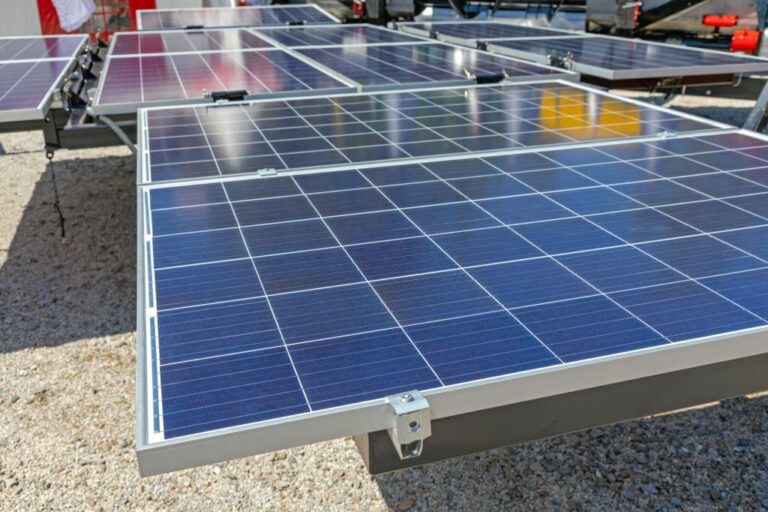How to Add More Solar Panels to Existing RV System?
As more and more RV enthusiasts embrace the benefits of solar power, adding additional solar panels to an existing RV system has become a popular upgrade. By increasing the solar capacity, you can maximize energy production and extend your off-grid adventures. In this guide, we will walk you through the step-by-step process on how to add more solar panels to existing rv system, allowing you to harness the sun’s energy and enjoy a more sustainable and self-sufficient RV lifestyle.
Identifying Your RV's Power Requirements
It is critical to examine your RV’s power consumption before installing extra solar panels. Take into account your average energy consumption, including appliances, devices, and any future additions. Examine your current solar panel capacity and battery bank to determine the best size and number of panels for your upgrade.
Increasing the Capacity of Your Solar Charge Controller

You may need to change your solar charge controller to accommodate the additional solar panels. The controller controls the flow of power from the panels to the battery bank, limiting overcharging and optimizing charging efficiency. Ascertain that the new controller is capable of handling the additional power input and is compatible with both your existing and future panels.
Do You Have Room for Extra Panels?
If you realize you need an extra panel, scout the available space on your roof before purchasing one. Unfortunately, if there is no vacant space on your roof, you will be unable to add a solar panel to the existing array.
Fortunately, solar panels may now be ground mounted, giving you an option to roof installations if you have enough yard space.
Replace your inverter:
By upgrading your inverter to a newer, superior one, you may add substantially more solar panels to your existing array.
If your new array significantly outperforms your inverter power, this is the next best alternative. Because they can handle a greater electrical load, modern inverters can assist you in overcoming these challenges.
Furthermore, these new inverters feature many inputs, making it easy to integrate your new array with your existing array.
Check for Solar Compatibility
Before adding a solar panel to your existing system, be sure that the new panel matches the existing one. Installing the same type of panel as your initial solar array is always a good idea. This assures that there is no energy disparity. It also ensures that the power outputs and efficiency are consistent.
If you can’t find the same brand of panel, the next best thing is to get one with similar output. Purchasing a panel that outperforms the present output can harm the overall solar array.
Determine the Best Mounting Positions:
Determine the available space on the top of your RV or other suitable areas for mounting the new panels. Consider variables including shadowing, impediments, and the structural stability of the installation area.
Choosing Compatible Solar Panels:

Select solar panels that are compatible with the specs of your existing panels. Wattage, voltage, and size are all included. To keep your system consistent, choose panels with identical technology and efficiency ratings.
Wiring and Connections:
Depending on your system setup, connect the new panels in parallel or series with the current panels. To reduce power loss and maintain secure connections, use correctly sized cables and connectors. It is best to consult an expert or adhere to the manufacturer’s instructions.
Increasing the Size of Your Battery Bank:
To meet the additional solar power input, you may need to enlarge your battery bank. This allows for additional energy storage and aids in maintaining a stable power supply during overcast days or periods of heavy demand. Determine the best battery capacity for your needs and select batteries with similar characteristics to your present ones for compatibility.
Monitoring and Upkeep:
To track the operation of your enlarged solar array, install a solar monitoring system or use integrated monitoring tools. This gives real-time data on energy generation and battery health, as well as aids in the early detection of any potential concerns.
Maintain your solar panels, charge controller, and batteries on a regular basis to guarantee optimal performance and lifetime. This includes cleaning the panels, inspecting for damage, and checking connections for any signs of wear or corrosion.
Conclusion:
Expanding your RV’s solar power system by adding more solar panels is an excellent way to increase your energy independence and enhance your off-grid experiences. By assessing your power needs, upgrading your charge controller, expanding your solar array and battery bank, and maintaining your system, you can harness the sun’s energy more efficiently and extend your time on the road.
Remember to consult professional advice and refer to manufacturer guidelines to ensure a successful and safe installation. With a well-designed and properly installed solar system, you can embrace sustainable RV living while enjoying the freedom and flexibility of life on the open road.

